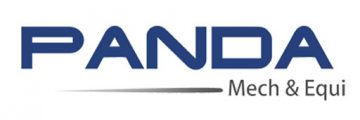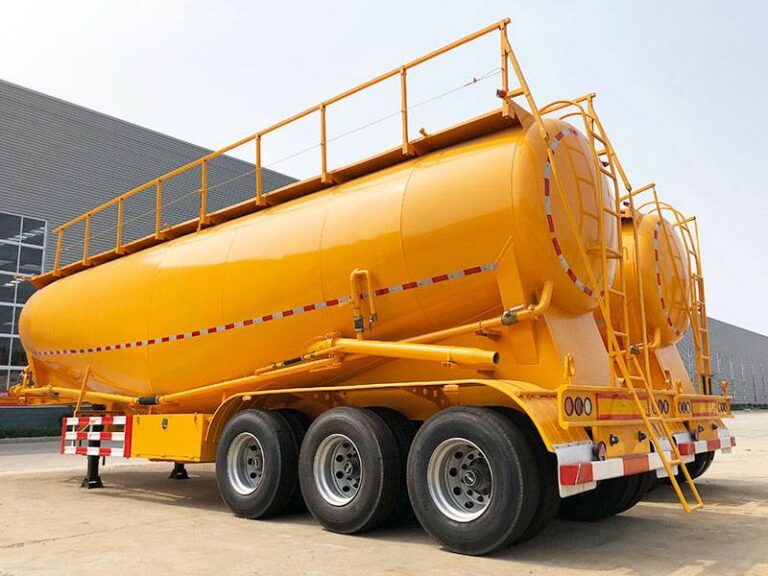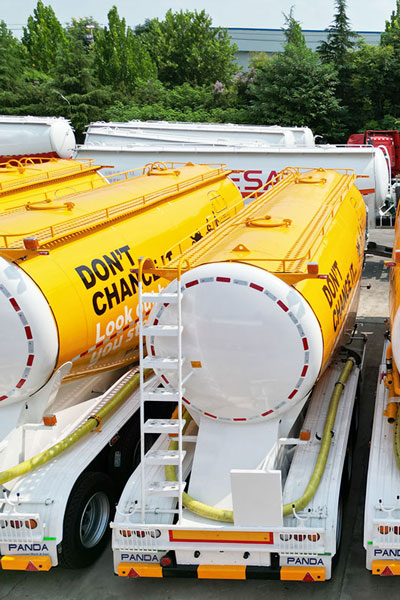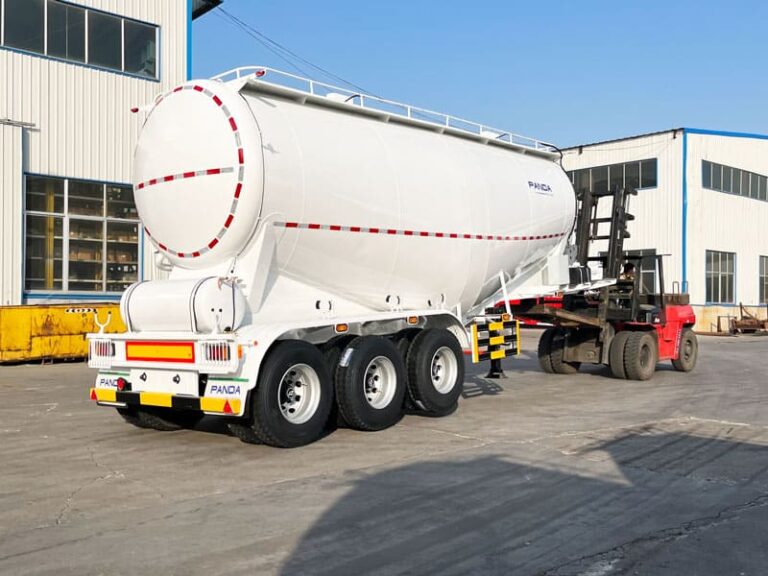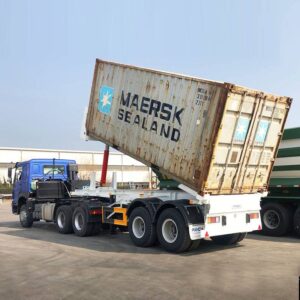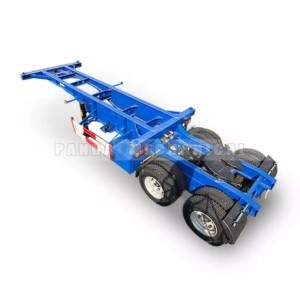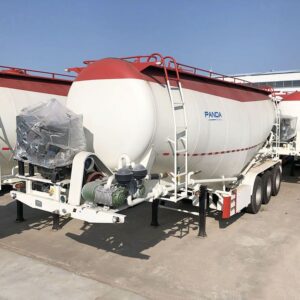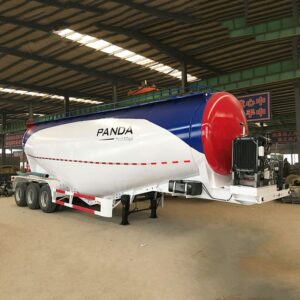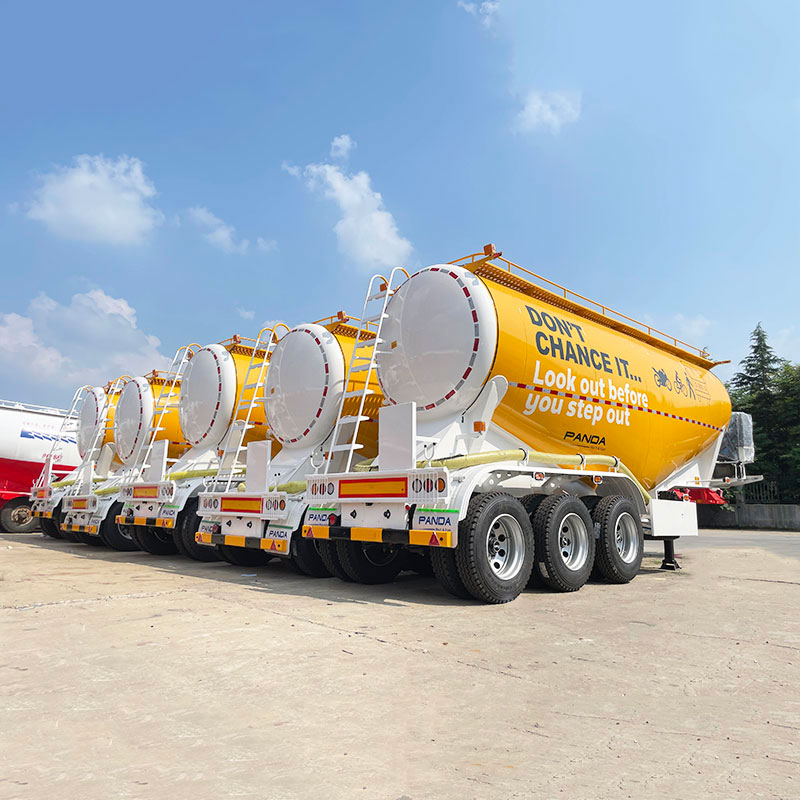After purchasing cement bulker truck transporters, how to operate cement bulker truck safely is a very important issue. This article tells you how to operate.

9 Step Cement Bulker Safety Manual Guide
1.Do not overspeed or overpressure when driving cement bulker transporters.
Overspeed and overpressure will seriously damage the air compressor. The maximum speed of the machine is shown in the main technical parameter table, and the working pressure is 0.2MPa.
2.Do not start or stop the air compressor for cement bulker quickly, but increase or decelerate slowly, otherwise, the punching force will damage the air compressor.
3.Do not change the rotation direction of the air compressor for cement bulker, otherwise, the machine will be seriously damaged if the oil pump does not supply oil.
4.Do not stop the air compressor for cement bulker before decompression, otherwise, the powder material may flow back into the cylinder, causing serious damage to the air compressor for cement bulker.
5.Check the oil level before starting the machine.
The oil level should not be lower than the lower limit of the oil standard; it is necessary to check frequently whether the oil pump is supplying oil, if not, stop the machine immediately for inspection, otherwise, the lack of oil will seriously damage the air compressor.
6.The lubricating oil should be replaced on schedule.
After the new machine has been used for 30 hours, drain the oil in the crankcase, clean the inside of the crankcase and the oil filter, and then change the oil. After that, change the oil once a year as above.
7.Check and clean the oil filter.
Under normal circumstances, check and clean once a quarter. If the machine has a high usage rate, check and clean once a month.
8.The lubricating oil used in this machine is CD40 diesel engine oil.
It is forbidden to mix lubricating oils of different brands, otherwise the deterioration of lubricating oil will affect the lubricating effect.
9.Maintain and clean the air filter every 30 hours of work.
While rotating the filter element, blow it from the inside to the outside with compressed air with a pressure less than 0.6MPa. After five times of maintenance, please replace the new filter element. It is strictly forbidden to wash the filter element with oil or water.

13 steps for cement bulker loading and unloading
Before loading, check and remove the ash and slagging in the cement bulker tank and the discharge pipeline; the pipelines and valves should be flexible in opening and closing, and there must be no blockage or air leakage; all connecting parts should be It is firm and reliable before loading.
Before opening the filling port, the dry cement bulk tanker valves should be opened to remove the residual air pressure in the tank.
When loading, the switch of the material level switch in the material tank should be turned on, and when the cement dry bulk tanker valves sensor sends out a full-level sound signal, the charging should be stopped immediately.
After the loading is completed, the cement accumulated on the edge of the charging port should be cleaned, the cover of the feeding port should be covered, and the latch should be inserted and locked.

Before unloading, the cement bulker truck should be parked on a flat unloading site, the unloading pipe should be installed, the butterfly valve of the unloading pipe and the ball valve of the pressure relief pipe should be closed, the secondary air pipe should be opened and the compressed air should be connected to ensure that the air compressor Start with no load.
When pressurizing the tank, make sure that the unloading valve is closed. When the air pressure in the tank reaches the discharge pressure, the secondary air nozzle valve should be opened slightly before opening the discharge valve, and the opening of the secondary air nozzle valve should be adjusted to adjust the best ratio of air to cement.
During the unloading process, the pressure change of the pressure gauge should be observed. If the pressure rises suddenly and the gas hose is blocked and no longer discharges, the gas supply should be stopped and the compressed gas in the pipe should be released, and then the blockage should be removed.
When unloading, the air compressor for cement bulker should be in charge of a special person, and other personnel are not allowed to operate without authorization. During pressurized discharge, the speed of the internal combustion engine must not be changed.
After the unloading is completed, the air release valve should be opened to exhaust the remaining air in the tank, and all valves should be closed. When the vehicle is running, there must be no pressure in the tank.
It is not allowed to load and unload cement in the open air in rainy days. Check frequently to make sure that the cover of the feed port is tightly closed, and no water or humid air is allowed to enter the tank.

When performing maintenance and overhaul under the vehicle, the internal combustion engine should be turned off, the hand brake should be tightened and the wheels should be wedged firmly.
When the vehicle needs to be tested after being repaired, it should be driven by qualified personnel. No people or objects can be carried on the vehicle. When it is necessary to test the vehicle on the road, it should hang the test vehicle license issued by the traffic management department.
When parking on a ramp, the reverse gear should be engaged when parking downhill, and the first gear should be engaged when parking uphill, and the tires should be tightly plugged with triangular wooden wedges.
